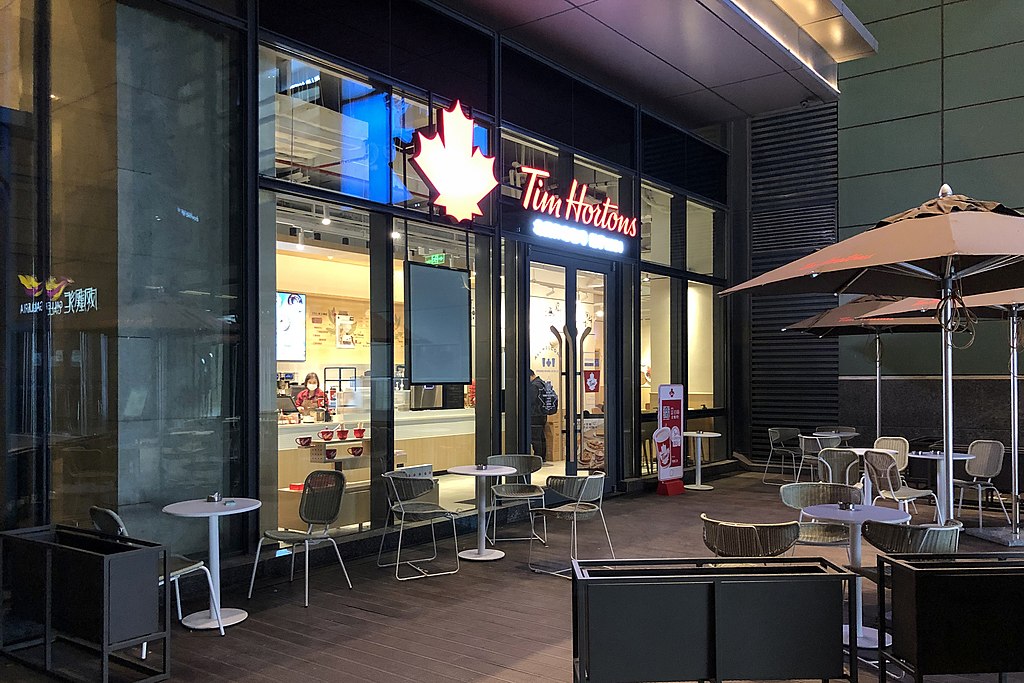This past fall, Craig Custance released his new book, The Franchise. Through ten chapters, Custance meets with multiple NHL executives to provide more insight into the inner workings of an NHL organization. From recounting different Stanley Cup runs to detailing a 4-year chase for an Olympic gold medal, Custance is able to pull out some fascinating details into what it takes to succeed at the highest levels of the game. This offseason, we’re going to dive into a few different topics that some of Custance’s interviewees brought to light. This is Part 1 on self-belief.
Why Self-Belief Leads to Success
Julien BriseBois
In the first chapter, Craig goes in depth with Julien BriseBois – current general manager and vice president of hockey operations for the Tampa Bay Lightning. BriseBois has been with the Lightning organization since the 2010-11 season. He served as assistant general manager with Tampa and general manager with Norfolk (Tampa’s AHL affiliate) for 8 seasons prior to taking over the general manager role in Tampa ahead of the 2018-19 season. It likely goes without being said, but BriseBois has been a part of tremendous success while in Tampa. The Lightning won two Stanley Cups (so far) during his tenure as general manager (2019-20 and 2020-21). In addition, Norfolk won a Calder Cup in 2011-12 with BriseBois as the general manager.
Craig paints the picture of BriseBois in a detailed, fascinating way, and I recommend reading that chapter in its entirety to learn about who BriseBois is as a person and general manager. But for now, we’re going to look at something both BriseBois and another NHL general manager highlighted in their interviews: self-belief and trusting your intuition.
“This was a collective fail, we all had to come back.”
Anyone who follows the NHL playoffs closely will remember the collapse of the 2018-19 Tampa Bay Lightning. After tying the 1995-96 Detroit Red Wings for most wins in a regular season (62), the Columbus Blue Jackets swept them (four games to zero) in the first round of the playoffs. When debating and discussing what to do in the offseason that summer, Julien had the following words for Custance:
“We had to come back. If we had made changes, we would have let too many people off the hook. This was a collective fail, we all had to come back. If you change one or two players – it’s those guys. No, no, it’s all of us. And it was all of us. It was a collective failure.”
As far as personnel went, BriseBois left the roster largely untouched. No big signings or movements, trades, etc. What followed? The Lightning rattled off two Stanley Cups in a row, winning it back-to-back the next two seasons.
Brian MacLellan
“Do what you think needs to be done and not what the perception is”
Later in the book, while interviewing another NHL general manager, Custance was provided with the following snippet: “Trust your instincts, do what you think needs to be done and not what the perception is. And if it’s this serious, like our issues – you assume he has [similar but] different things – I said, ‘you make the choice and live with it’ … It’s not what everybody else thinks.” The following season, after “trusting his instincts”, his team went on to win its first Stanley Cup in franchise history.
This franchise is the Washington Capitals and the general manager is Brian MacLellan. MacLellan has worked with the Washington Capitals organization for the last 25 years in multiple different capacities. At the time of their Stanley Cup, he served as general manager. Today he is director and senior vice president of hockey operations.
Self-Belief is the Common Denominator
So how do these two relate, and what gives even if they do relate? Whether in coaching, teaching, business (or really any other industry), leaders are generally hearing out and fielding suggestions of how to make things better. It’s the ultimate job of the leader to take these suggestions and figure out what is best to do moving forward.
BriseBois and MacLellan have both found ways to take the input they receive, filter it down to its simplest parts, and act on what they believe necessary. Given the success that Tampa had in the regular season and their collapse in the playoffs, how many NHL teams would have blown up their roster? Decided that their top players couldn’t get it done or their coach wasn’t the right fit, believing they needed to “do something” over doing nothing.
An Example of Opposites
If we’re wondering how many teams would potentially do that, look no further than the Boston Bruins. Setting the record for most wins in the regular season with 65 in 2022-23, the Bruins also lost in the first round of the playoffs. By the trade deadline of the 2024-25 season, essentially the whole nucleus of that record-setting team (including coaches), were no longer donning the black and gold. The reward for the Bruins was missing the playoffs for the first time in eight seasons.
BriseBois chose the road less traveled, staying steadfast in his belief to hold everyone accountable. Instead of moving a few players, firing their coaching staff or bringing in another “superstar”, he brought everyone back. “They played great (Columbus) and we didn’t put our best foot forward. That’s all it was. It was seven days,” BriseBois told Custance.
MacLellan, in the chapter titled “Trusting Your Instincts” explains to Custance how after the 2016-17 season there were two things that multiple members of the organization believed needed to be done. While he makes it very clear that he does not want to get into the specifics of what those suggestions were, he does clarify that management did not act on either of the two well-believed suggestions. Instead, they chose to stick the course and “do nothing”. They were, of course, rewarded with winning the Stanley Cup the following season.
Closing Thoughts
It’s hard, as a leader or team member, to remain calm, believe in yourself and what the organization/program is doing when the results “don’t come.” In sports, everyone measures success with championships. Regular season wins, special teams percentages, etc. aren’t enough to leave an everlasting legacy.
It’s important to remember that there is not always a clear cut way to know how close or far you are from actually achieving your goals. But what you (as the leader) do know is whether or not your organization is moving in the right direction – getting closer, making improvements and zeroing in on your ultimate goal. If the momentum is moving in the right direction and the organization is constantly improving, don’t think that bumps along the way are unavoidable.
There Will Be Hurdles
Losing in the first round of the playoffs for Tampa, or losing to Pittsburgh for multiple years in a row for Washington, were legitimate roadblocks that could have impeded ultimate success. But their leaders chose to stick the course, believe in what they were already doing, and not over value some of the outside noise. This also builds trust amongst the players, coaches and management. And in the end, these general managers achieved the rewards of a Stanley Cup ring (or two) for their self-belief and patience.
No matter the industry you may find yourself in – think about the success you are (or are not) having, and why? What can you do to continue the positive momentum without interrupting everything? It’s easy to think that any move is better than no move, but BriseBois and MacLellan serve as great reminders that sometimes the best thing to do is keep moving forward and believe in yourself.
Post image attribution: By Voice of America, Public domain, via Wikimedia Commons




